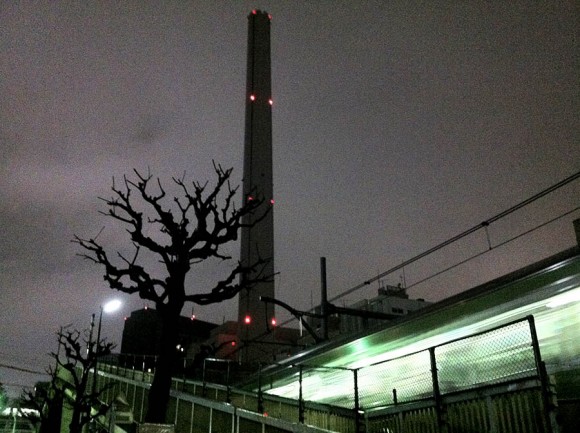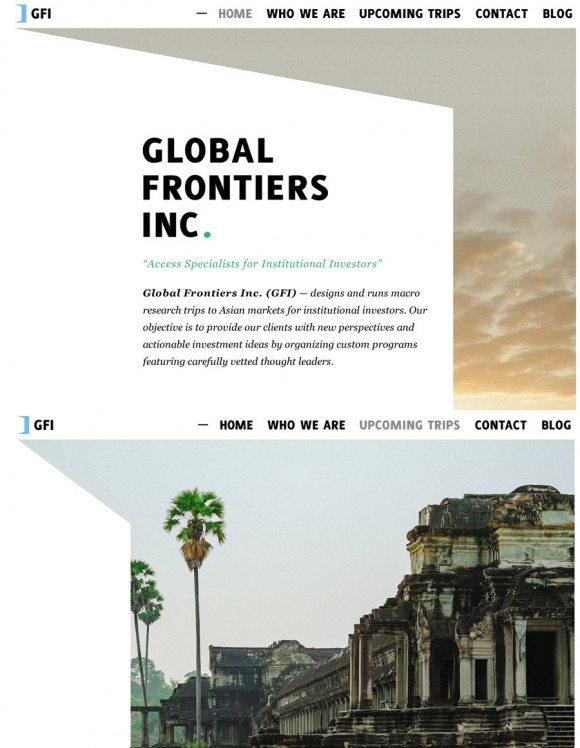I went to an interesting presentation on the state of the Japanese private equity industry at Columbia the other day. Industry veteran Richard Folsom of Advantage Partners spoke about his fund, but it was really the comments of CBS professor Bruce Greenwald that I found interesting.
Unproductive machines?









